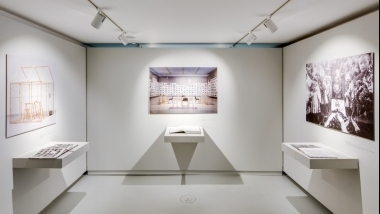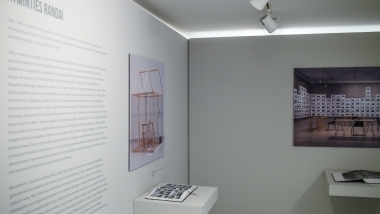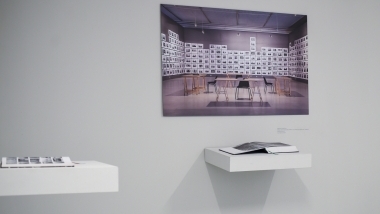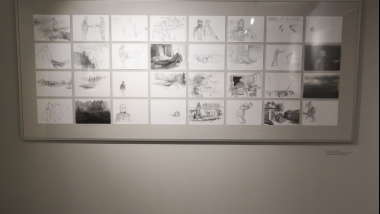Scars of Memory

In 1940–1944, the Soviet and Nazi occupations following each other destroyed the state of Lithuania and about a million of its inhabitants. The works of Kęstutis Grigaliūnas and Mindaugas Lukošaitis presented here tell the story of the Soviet repressions and Jewish genocide in pictures.
The Soviet occupation of Lithuania in 1940 brought arrests, interrogations, tortures, trials, shooting or long-term imprisonment in deportation camps of Lithuanian politicians, military officers, lawyers, members of various organisations, editors of publications and many other people who had held important offices in the independent state. Teachers, priests, farmers and people of other professions were deported to Siberia with their families. Pictures of arrested people in prisons were taken according to the international standards: en face and en profile. During the searches of their homes, other evidence was collected together with photographs of people for whom a similar fate was in store. In 2008, artist Kęstutis Grigaliūnas began investigating the files of the Lithuanian Special Archives, and has presented the photographs found there in an ongoing exhibition and publication cycle ‘The Diaries of Death’. It blends the photographs found in the files of repressed people into a wholesome image of the past generation, like a general remembrance flashing at a moment of danger.
The cycle of drawings ‘Jews. My Story’ by artist Mindaugas Lukošaitis tells about the Jewish genocide in Lithuania during the Second World War which killed 96% of the Jewish population or more than 190 000 men, women and children. Although many pictures of dead bodies after torture survived, no one photographed the moments of killing leaving this to our imagination. The pencil of M. Lukošaitis draws bold hatches of archetypal views: people with small suitcases moving from their homes to the ghetto, unkempt homes left after the punishers had driven out the Jews and taken the valuable items, an old man being driven to death, shovels after digging mass graves, a female body being kicked into a pit, a woman trying to shelter her infant from a bullet with her body, a feast of punishers after work, and the sky unable to believe in the cruelty of the crime. The simplicity of the views stresses the every-day character of these situations, and the most shocking things appear to be the citizens’ indifference towards the events happening and their silent consent. In the drawings of M. Lukošaitis the horrifying facts of mass killings combine into a coherent story of individual fates and an archive of collective memory.




